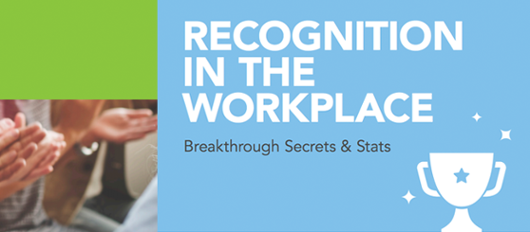The Importance of Employee Recognition: Statistics and Research
Think about the last time you put your heart and soul into a project or presentation, molded it into something you were proud of, and absolutely nailed the execution. That feeling of accomplishment is uplifting—but it is multiplied exponentially when others take notice.
The simple act of acknowledging achievement is a major boost for employee morale and performance. And that’s why employee recognition is so critical.
When you reward employees for their contributions, they feel ownership and pride—and are willing to work just as hard on their next project. Recognition connects them to the organization, elevates performance, and increases the likelihood they’ll stay.
This article provides research-backed advice on how to give the kind of employee recognition that will truly make a difference in employee engagement, performance, and retention.
What is employee recognition?
Employee recognition is the open acknowledgment and praise of employee behavior or achievement. It’s used by organizations to express appreciation, motivate employees, and reinforce desired behavior.
If you regularly give out authentic, deserved recognition to employees, you’ll be that much closer to unlocking their full potential. Authentic recognition serves three key purposes:
1. Showcase goal achievement
A simple “thank you” is often all it takes to show appreciation to employees. People want to know that their hard work and achievements aren't going unnoticed. When a person achieves a goal—personal or work-related—they feel a rush of achievement, and that good feeling is only amplified when others recognize and acknowledge the achievement as well.
2. Motivate effort
Recognition can be tied to more than just performance. Celebrate strong effort when employees go above and beyond. This helps them develop emotional connections to the workplace that fuel future performance.
3. Reinforce values
Behaviors and actions that are recognized more frequently show employees what’s valued by managers, leaders, and the organization as a whole. When employees receive recognition for adopting a behavior aligned with company values, they’re likely to continue that behavior and set a positive example for others.
What is the importance of employee recognition?
Recognition is a powerful feedback tool. When employees feel valued, they’re more engaged, motivated, and likely to go the extra mile for their company. Organizations with formal employee recognition programs have 31% less voluntary turnover than organizations that don't have any program at all. And they're 12x more likely to have strong business outcomes.
If leaders want to drive employee, team, and business success, they need to prioritize employee recognition.
The connection between employee recognition and engagement
Aspects such as performance, goals, recognition, development, and manager effectiveness are all inextricably linked to employee engagement. And recognition is one of the top drivers of employee engagement.
In fact, our research found that when employees believe they will be recognized, they are 2.7x more likely to be highly engaged.
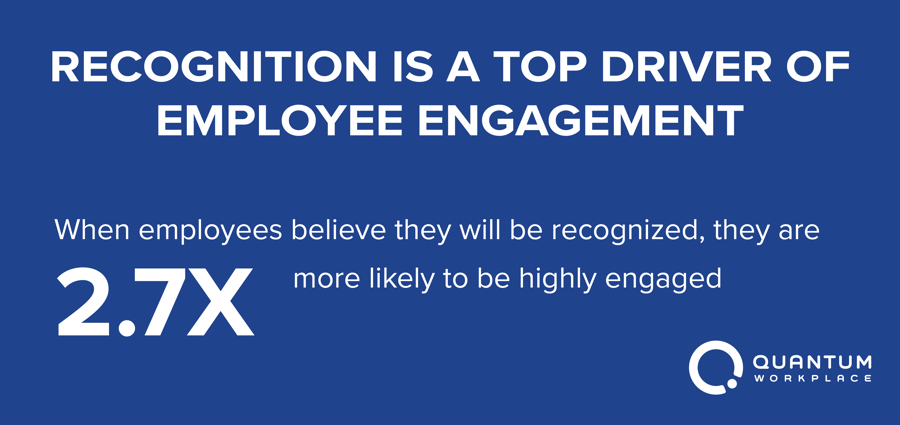
Other items related to recognition that drive employee engagement, include:
- The senior leaders of this organization value people as their most important resource.
- If I contribute to the organization’s success, I know I will be recognized.
- I understand how my job helps the organization achieve success.
Benefits of employee recognition
Employee appreciation is a fundamental human need. When employees feel appreciated and recognized for their individual contributions, they will be more connected to their work, their team, and your organization as a whole.
Here are a few other benefits of employee recognition:
- Increased productivity and engagement
- Decreased employee turnover
- Greater employee satisfaction and enjoyment of work
- Improved team culture
- Higher loyalty and satisfaction scores from customers
- Increased retention of quality employees
- Decreased stress and absenteeism
Research shows a gap in employee recognition
Quantum Workplace research shows a gap between what employees want and what they're actually getting when it comes to employee recognition. Only 35% of employees receive recognition monthly or weekly. And 1 in 2 employees would like more recognition for their work. Employees who receive less frequent recognition want more—especially those who get it less than monthly. All employees crave more recognition, even managers! Everyone wants to be recognized for their contributions and feel like a valuable member of the team and organization.
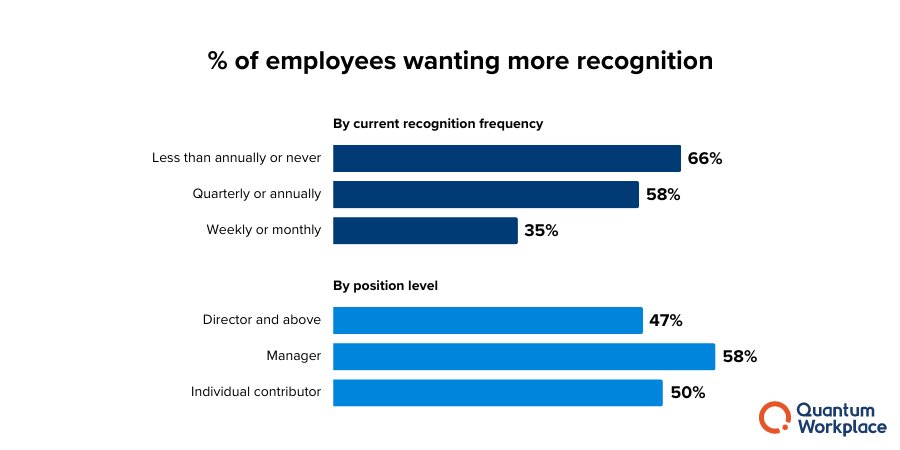
Types of employee recognition
The “how” of recognition is very important. Every employee embraces recognition differently. Some get a boost from public praise, while introverted workers prefer a subtle or private gesture. After identifying the employee’s personality type, openly encourage them through the types of recognition that mean the most to them.
Peer vs. superior
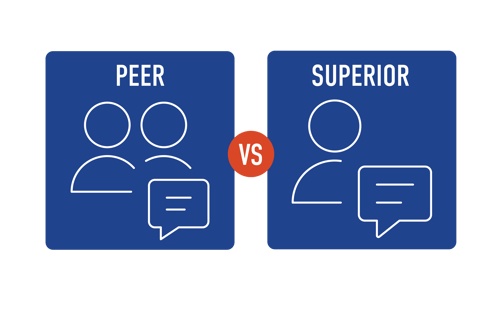 |
|
Attributed vs. anonymous
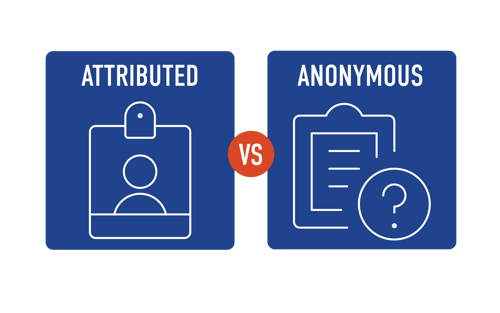 |
|
Social vs. private
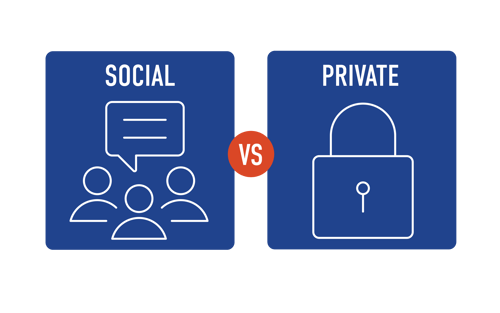 |
|
Behavior vs. achievement
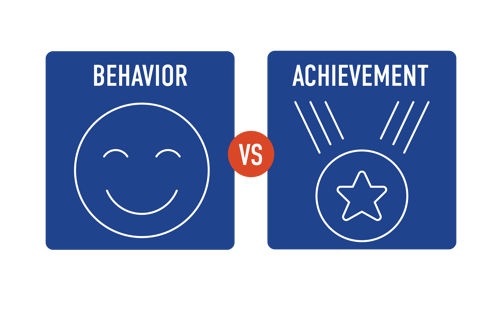 |
|
The types of recognition employees crave most
Different employees care about different things. But our research shows the most and least preferred reasons for recognition—with performance or role accomplishments, value to the organization, and teamwork or collaboration coming out on top.
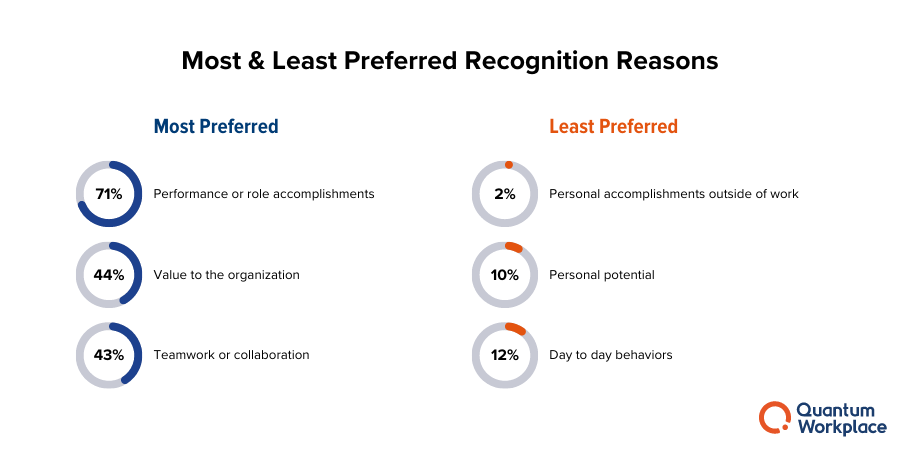
8 employee recognition statistics
Employees want to feel valued at work. They want recognition for their contributions to team and organizational success.
While extremely important, recognition isn't only about making employees more engaged and feeling good about their job. It can be a differentiator for organizations in their employee value proposition and can affect an employee’s intent to stay at an organization.
Here, we look at 8 statistics that demonstrate the importance of employee recognition on employee, team, and business success.
1. The #3 reason most people leave their jobs is a lack of recognition.
Source: Quantum Workplace Research
Don’t miss an opportunity to recognize your employees. Celebrate employee accomplishments and progress throughout the employee cycle to demonstrate your investment in their career growth and success. Regular, frequent recognition shows you want to help keep them motivated to hit future milestones.
Pro Tip: Authentically recognize employees in real-time.
2. Organizations with recognition programs have 31% lower voluntary turnover than those without.
Source: Bersin by Deloitte
If your organization doesn't have a formal recognition program, there are a few ways to start. Use your one-on-one meetings or employee surveys to find out if your employees feel valued and how you can improve your strategy. If you do, make sure employees know it exists and how they can take part.
Pro Tip: Continuously communicate to keep the program alive.
3. Organizations with recognition programs in place experience 28.6% lower frustration levels than those without.
Source: SHRM Globoforce Employee Recognition Survey
Recognition shouldn't only be about success and goal achievement. Having a strategic recognition program in place can help you easily celebrate the micro-moments along the way—such as quality work, taking on new tasks, or going above and beyond for their team.
Pro Tip: Recognize the employee behaviors you want to encourage.
4. 52.5% of employees want more recognition from their immediate manager.
Source: Recognition in the Workplace, Quantum Workplace and BambooHR
Recognition should be public and available to all employees—especially managers. Employees want to know what they are doing well, how they can improve, and what support they have available to them. Public recognition gives managers visibility into how often their employees are giving and receiving recognition to impact their engagement individually.
Pro Tip: Make recognition public and easy to give.
5. Organizations with sophisticated recognition programs are 12x more likely to have strong business outcomes.
Source: Bersin by Deloitte
Recognition should be incorporated within one-on-ones, feedback, and talent reviews. Including recognition in frequent performance conversations helps solidify the importance of employee recognition in your culture and organization. When employees understand how their contributions impact the business (and are recognized for it) they'll be more likely to contribute again.
Pro Tip: Give recognition in the context of a larger goal or business outcome.
6. 4 in 10 respondents (41%) want more recognition from their immediate coworkers.
Source: Recognition in the Workplace, Quantum Workplace and BambooHR
Recognition from immediate managers is key—but so is recognition from peers and coworkers. Give your team members plenty of opportunities to encourage each other and show appreciation. Peers often have more insight into employee effort and morale than senior leaders.
Pro Tip: Treat employees as valued team members, not as numbers.
7. Recognition for work is one of the top drivers of candidate attraction.
Source: Willis Towers Watson
If your company is hiring, recognition might just be the key to attracting top talent. If you don't have a recognition program, make sure you're at least getting creative about showing appreciation. Generic and inauthentic recognition strategies can have a negative effect on the employee experience.
Pro Tip: Match effort and results, or else recognition loses meaning.
8. When companies spend 1% or more of payroll on recognition, 85% notice a positive impact on engagement.
Source: SHRM Globoforce Employee Recognition Survey
Awards, compensation, and incentives are good appreciation ideas, but make sure they aren't your only outlet for recognizing employees. Consider an investment in user-friendly employee recognition software to make every aspect of your employee recognition more efficient, more accessible, and more personable.
Pro Tip: Choose the right employee recognition platform.
Employee recognition examples
Recognition and appreciation are essential in a healthy work environment. But finding the right words to recognize employees may seem unnatural or uncomfortable without the right experience. While you should tweak your messages to resonate with each employee, we’ve compiled a list of recognition ideas to guide your efforts.
Recognizing excellent performance
- “Thank you for always going above and beyond in your work. You are a great asset to this team!”
- “Your ability to drive consistent business outcomes is inspiring. Thank you for everything you contribute to this company!”
- “I want to take a moment to acknowledge you for all of your hard work. You’re growing and continuing to set a higher standard everyday.”
Recognizing good attitudes
- “Your constant positivity makes the work environment better everyday. I’m always excited when I get to work alongside you!”
- “Thank you for helping out with this project. You’re a huge asset to this team and it doesn’t go unnoticed!”
- “Thank you for living out our company values day-in and day-out. You set a good example for everyone on our team.”
Recognizing goal accomplishment
- “Your ability to persevere and meet this goal is inspiring! Despite any roadblocks you face, you always pull through and drive amazing outcomes.”
- “Great job exceeding your goals the past quarter! Your talent and drive is key to our business.”
- “Your adaptability and ability to take on any challenge is impressive. You completely exceeded my expectations with this project!”
Creating a successful employee recognition program
A successful employee recognition program can look different based on your employees’ needs. Regardless, there are some things you should do—and shouldn’t do—when recognizing employees. Here are some best practices to keep in mind to shape an effective retention program.
1. Be detailed and specific
Recognition resonates better when it’s tied to a particular accomplishment. When you’re detailed and specific, employees understand exactly what they did well and are likely to continue those behaviors in the future.
2. Be prompt
Recognition should happen at an appropriate time—not months after the fact. If you recognize an employee for a contribution made months ago, they may believe you’re simply going through the motions. Your words will be more meaningful when they come right after an achievement.
3. Tie to company values
When employees demonstrate behavior that aligns with your company values, don’t let it go unnoticed. When you recognize these behaviors, employees are likely to continue them and inspire others to do the same. This actively fosters your ideal company culture.
4. Elevate across the organization
When you spread recognition across the company, employees often feel a greater sense of pride knowing that others are aware of their achievements. Plus, employees company-wide can see how each individual and team contribution fits into the big picture.
5. Recognize both big and small things
While it’s great to recognize the big accomplishments, employees need to feel appreciated for smaller contributions too. Daily thank-yous go a long way and reduce the risk of employee burnout.
Leveraging a successful employee recognition platform
It’s important that recognition is practiced across the organization. Recognition should be a part of your overarching company culture. But getting started with an employee recognition program—and getting everyone on board—can be difficult without the right tools. Here’s what you should look for in employee recognition software to maximize your program’s success.
|
Elevates recognition across the companyPublic, peer-to-peer recognition motivates employees and makes them feel valued in their role. And with the right platform, recognition won’t go unnoticed. Effective tools share success stories company-wide to align employees across teams. |
|
Ties recognition to key goals and company valuesWith an integrated recognition tool, you can link any recognition post to a business, team, or individual goal. Plus, you can set up custom recognition badges aligned with your core values. When employees see company goals and values in action, they’re inspired to carry out the behaviors that matter. |
|
Creates a fun, interactive space for recognitionAn effective recognition platform should be interactive and engaging. That way, employees are more compelled to use it. A social newsfeed model helps people bond and congratulate one another with likes, comments, photos, and GIFs. |
|
Highlights accomplishments with alerts and analyticsManagers should be notified when their employees are recognized by others. With automated email, Slack, and other app alerts, managers can celebrate employees too. Plus, with analytics tools, managers can understand how much recognition is happening across teams and which core values are being demonstrated most often |
Employee recognition is critical to your organization’s bottom line. Without it, employee morale decreases, motivation plummets, and turnover skyrockets. A robust recognition tool will empower employees, teams, and leaders to celebrate each other, creating an environment focused on achievement, appreciation, and business success.
Ready to uncover the latest research on employee recognition? Download our Recognition in the Workplace ebook and fuel your employee appreciation strategy.




